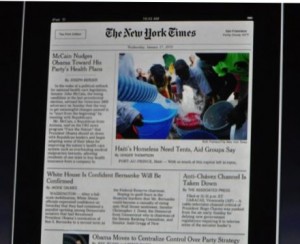Today is the launch of the final mission of any of the space shuttles.
The first test launches occurred when I was in high school. I loved space and space science. I always dreamed of being the first computer programmer to live on the moon – someone would have to keep those things running. I attended a 2-week summer “camp” that was space themed at Texas A&M, Galveston in high school. I wanted to return the following year, but was too old having just graduated, so instead I was an intern on the same program I’d attended the year before.
June Scobee was the head of the program and I loved working with her. She happened to be married to an astronaut, so we got a lot of great access to things going on at NASA JSC. I had talks with June about her husband and her son (an air force pilot at the time). At the end of that program I helped June move stuff back to her place and met her husband Dick, and shared an iced tea with him on his back porch: casual, friendly, Houston warm.
 I was almost always aware of when there was a shuttle launch. In the early years of the program it would still be mentioned on the lead-up, and interrupt most television for the launch. But six months later, in January of 1986, I was returning from a test a bit before noon. This was a time before mobil phones or social networks. I remember the post-test relief walking across a sunny campus back to my dorm. I exited the elevator on my floor to the area that was the TV Lounge.
I was almost always aware of when there was a shuttle launch. In the early years of the program it would still be mentioned on the lead-up, and interrupt most television for the launch. But six months later, in January of 1986, I was returning from a test a bit before noon. This was a time before mobil phones or social networks. I remember the post-test relief walking across a sunny campus back to my dorm. I exited the elevator on my floor to the area that was the TV Lounge.
It took all of 10 seconds before “it blew up, the space shuttle blew up”. Initially, I though he was confused. Then I thought maybe it was a launch pad fire. I tried to get him to explain it; all he could say was “it blew up”. I sat. The sinking feeling was deep, waiting for the news people to figure out what they knew. The tone of their voices told me it was bad. Then I back-calculated the launches and remembered this was Dick’s launch. The sinking feeling got deeper.

 KTRU is the only radio station I will tune in to listen to music anymore. It hasn’t been a lot of late, but it’s comfortable knowing it’s there. Student run, student programmed, and with a huge broadcast area, I hope it’s a beacon to non-conformist youth throughout the region.
KTRU is the only radio station I will tune in to listen to music anymore. It hasn’t been a lot of late, but it’s comfortable knowing it’s there. Student run, student programmed, and with a huge broadcast area, I hope it’s a beacon to non-conformist youth throughout the region.
